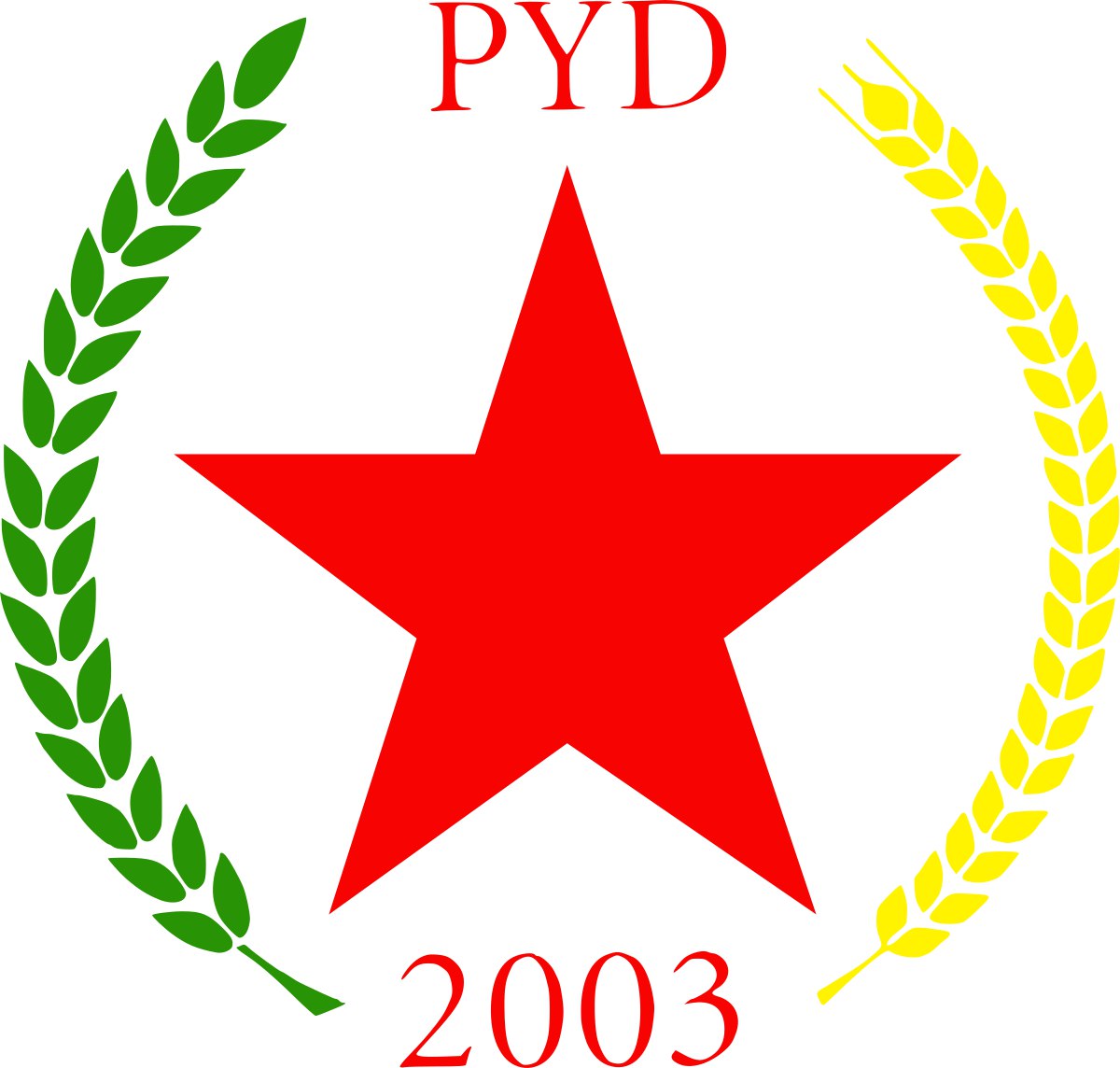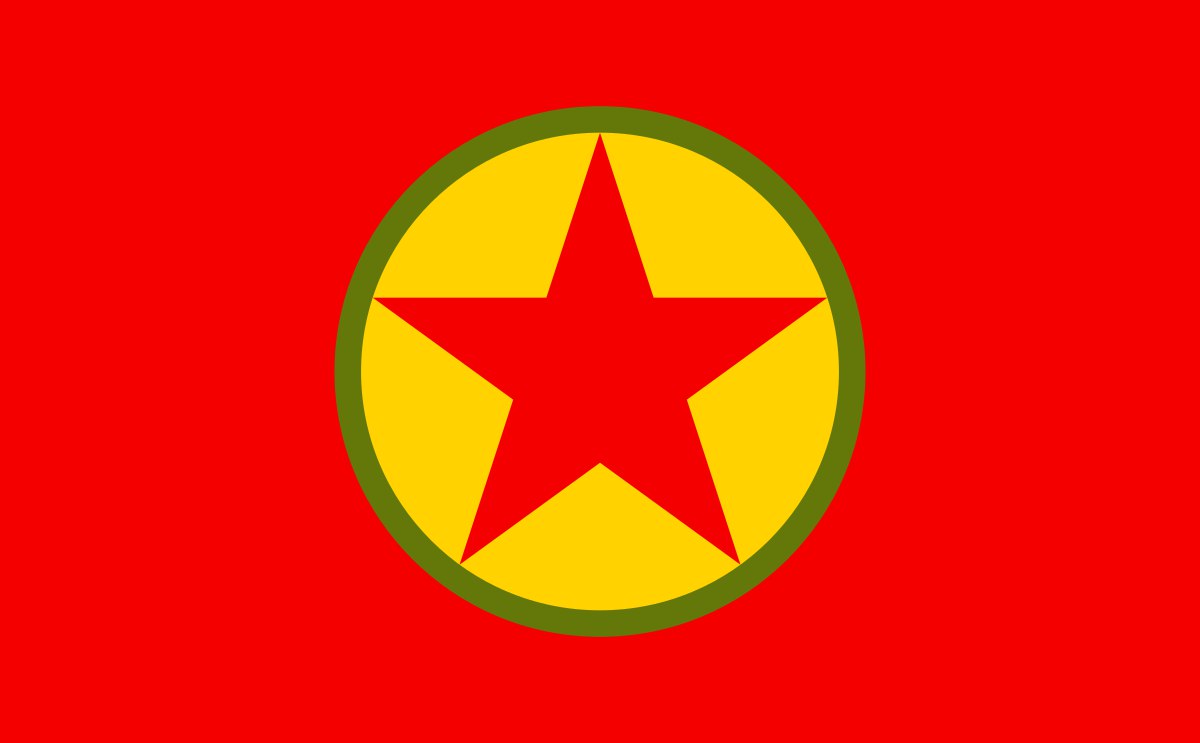ПЧ
Size: a a a
2020 June 26
Existing underground Kurdish political parties, namely the PYD and the Kurdish National Council (KNC), joined to form the Kurdish Supreme Committee (KSC) and the People's Protection Units (YPG) militia was reestablished to defend Kurdish-inhabited areas in northern Syria. In July 2012, the YPG established control in the towns of Kobanî, Amuda and Afrin, and the Kurdish Supreme Committee established a joint leadership council to administer the towns. Soon YPG also gained control of the cities of Al-Malikiyah, Ras al-Ayn, al-Darbasiyah, and al-Muabbada and parts of Hasakah and Qamishli.[93][94][95] Doing so, the YPG and its female wing, the Women's Protection Units (YPJ), mostly battled factions of the Free Syrian Army, and Islamist militias like the al-Nusra Front and Jabhat Ghuraba al-Sham. It also eclipsed rival Kurdish militias,[96][91] and absorbed some government loyalist groups.[97] According to researcher Charles R. Lister, the government's withdrawal and concurrent rise of the PYD "raised many eyebrows", as the relationship between the two entities was "highly contentious" at the time. The PYD was known to oppose certain government policies, but had also strongly criticised the Syrian opposition.[95]
ПЧ
https://ru.wikipedia.org/wiki/%D0%A0%D0%B0%D0%B1%D0%BE%D1%87%D0%B0%D1%8F_%D0%BF%D0%B0%D1%80%D1%82%D0%B8%D1%8F_%D0%9A%D1%83%D1%80%D0%B4%D0%B8%D1%81%D1%82%D0%B0%D0%BD%D0%B0 вот на русском про их так сказать основную фракцию
ПЧ
которая и сформировала ПИД
s
Ну вот читаю про современную историю сирийского Курдистана и Рожавы - вообще не похоже на то, как страны первого мира влияют на политические настроения в странах третьего мира
Нигде так не делалось
Нигде так не делалось
HL
Ну вот читаю про современную историю сирийского Курдистана и Рожавы - вообще не похоже на то, как страны первого мира влияют на политические настроения в странах третьего мира
Нигде так не делалось
Нигде так не делалось
А у цыган как?
s
А у цыган как?
У них прямая демократия?
Мы низшие формы жизни тут не обсуждаем сегодня
Мы низшие формы жизни тут не обсуждаем сегодня
HL
У них прямая демократия?
Мы низшие формы жизни тут не обсуждаем сегодня
Мы низшие формы жизни тут не обсуждаем сегодня
Ты вот зря не ответил
HL
Мы там хату подняли
s
Ты вот зря не ответил
Вы
Я не успел и всё пропустил
Я не успел и всё пропустил
ПЧ
Ну вот читаю про современную историю сирийского Курдистана и Рожавы - вообще не похоже на то, как страны первого мира влияют на политические настроения в странах третьего мира
Нигде так не делалось
Нигде так не делалось
?
s
Мы там хату подняли
Или вы ограбили опять кого-то? Так ты не в тот чатик пишешь
ПЧ
У них прямая демократия?
Мы низшие формы жизни тут не обсуждаем сегодня
Мы низшие формы жизни тут не обсуждаем сегодня
ммм… понятно
ПЧ
ладно, сорри, я думал ты человек
s
Ну а как иначе?
s
Охепт
s
Y
Нехуй Ламборгини покупать
Y
Совсем охуели
s
Ламборгини же тоже на российских номерах






